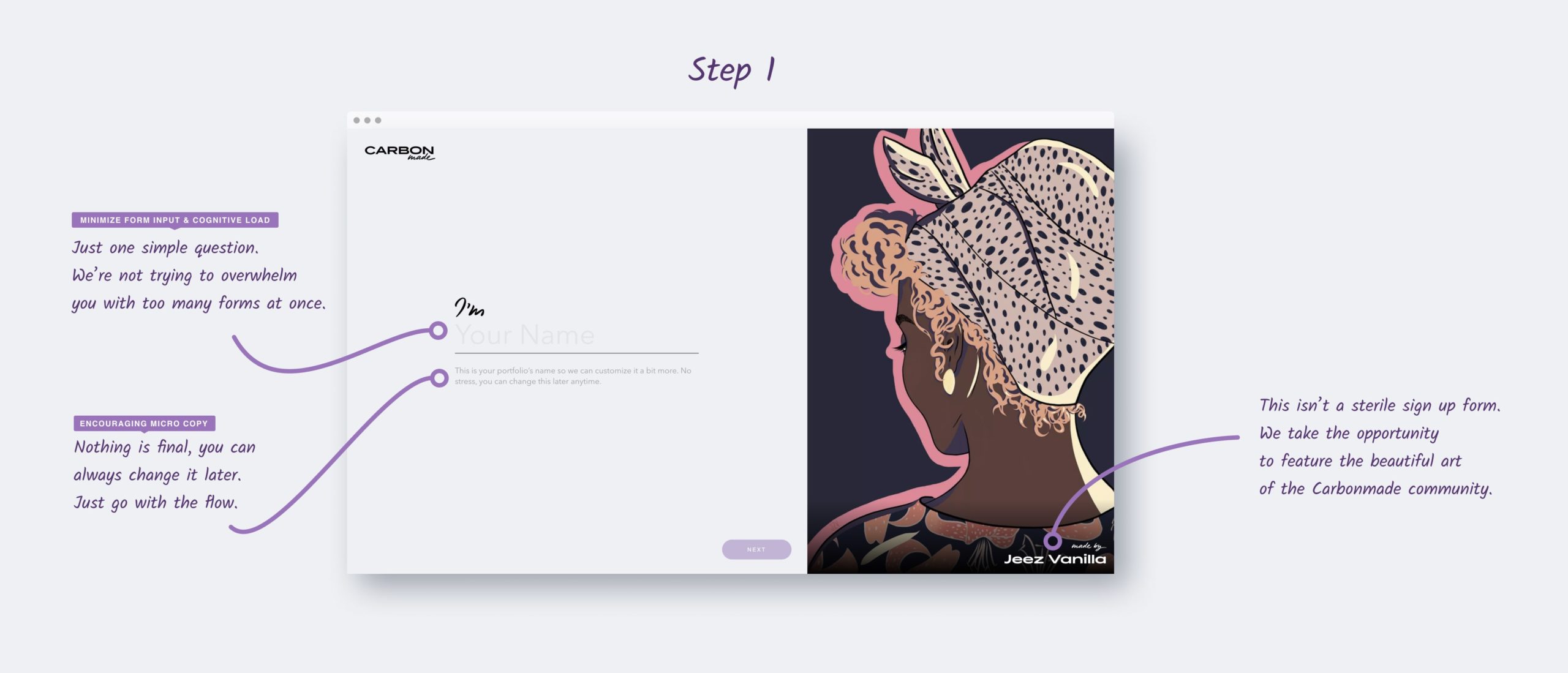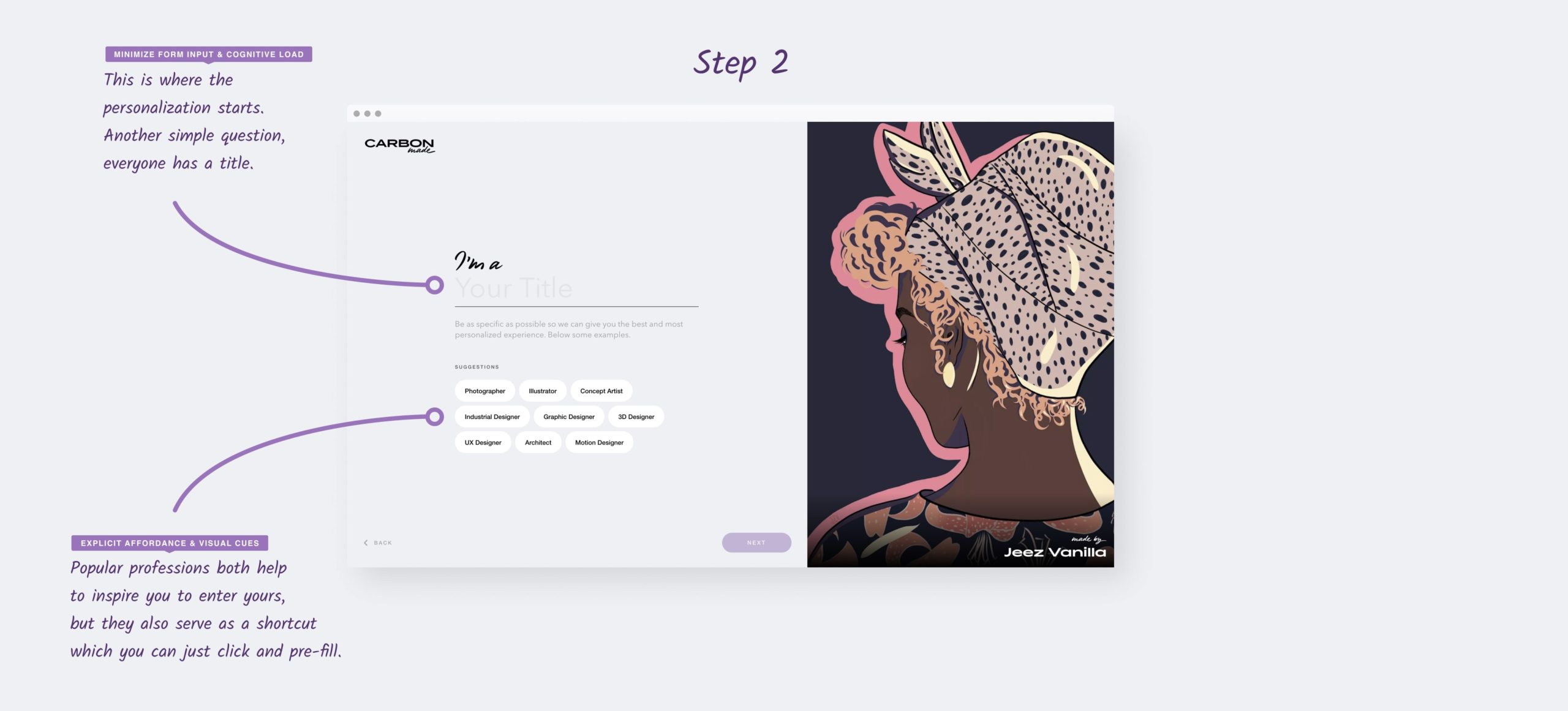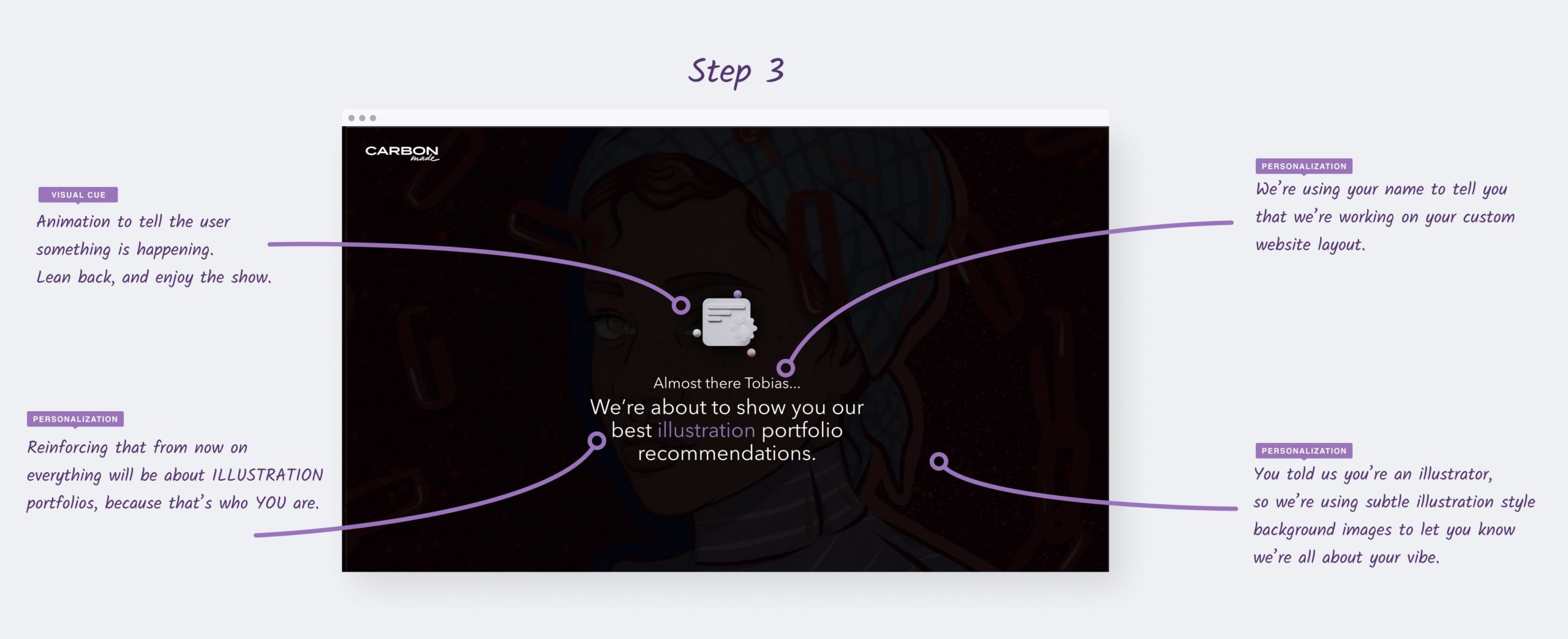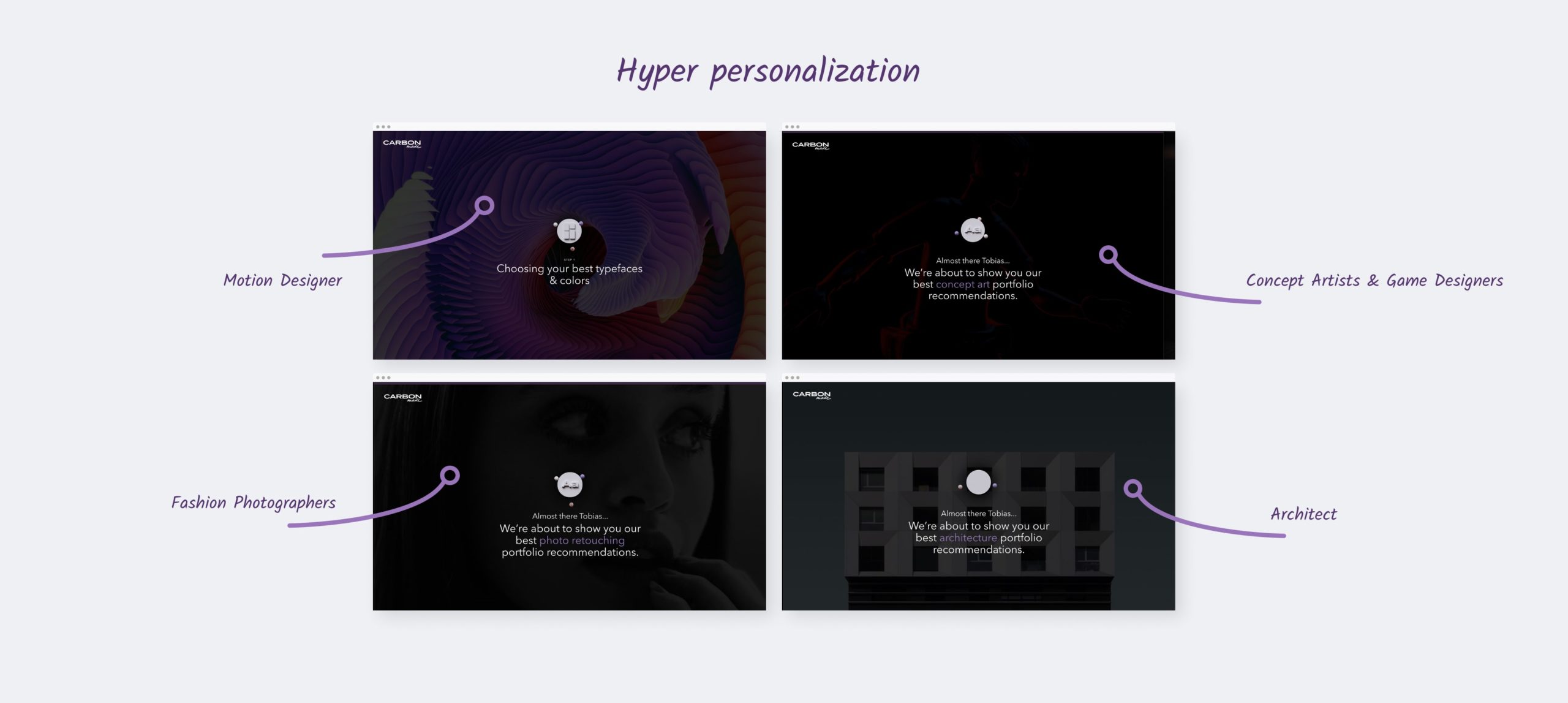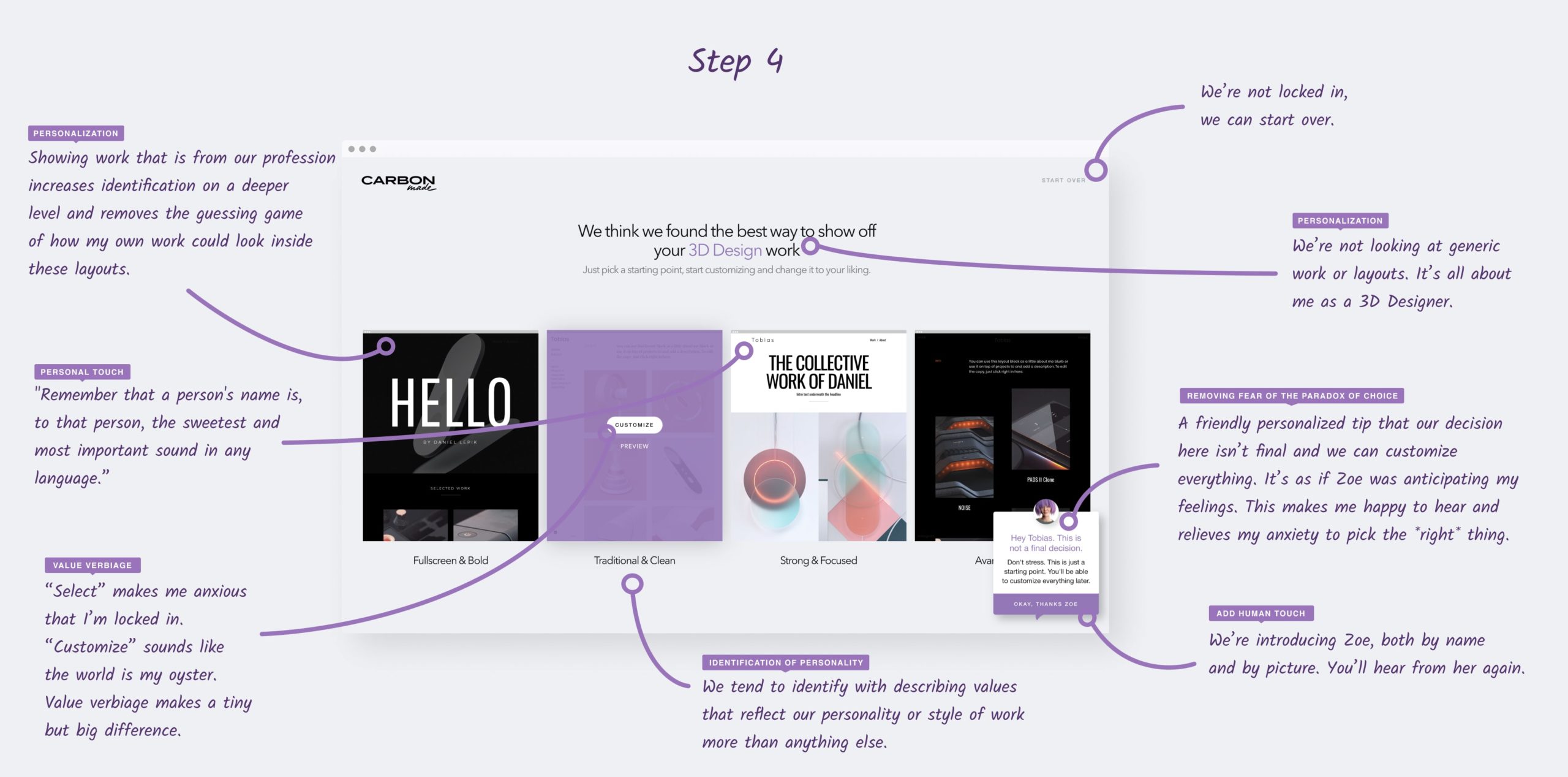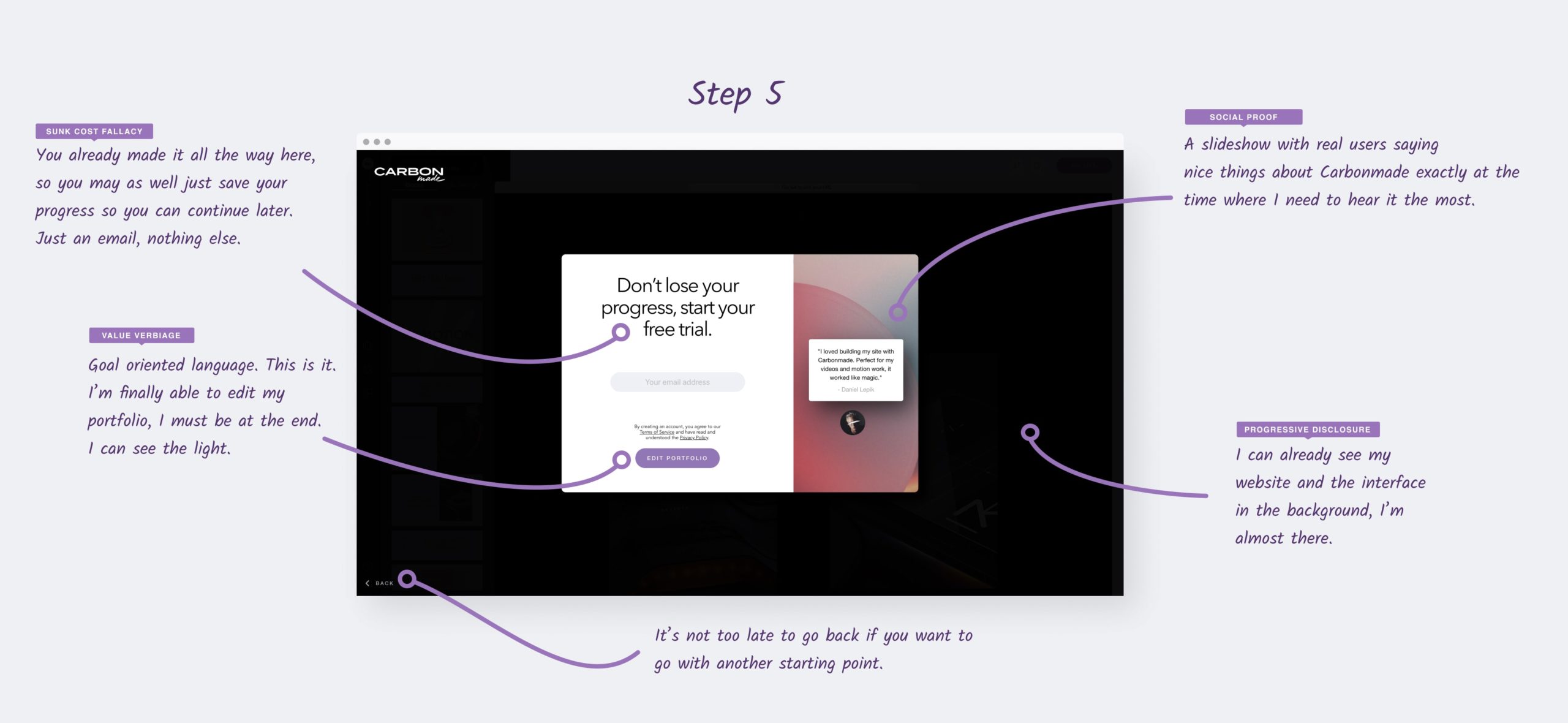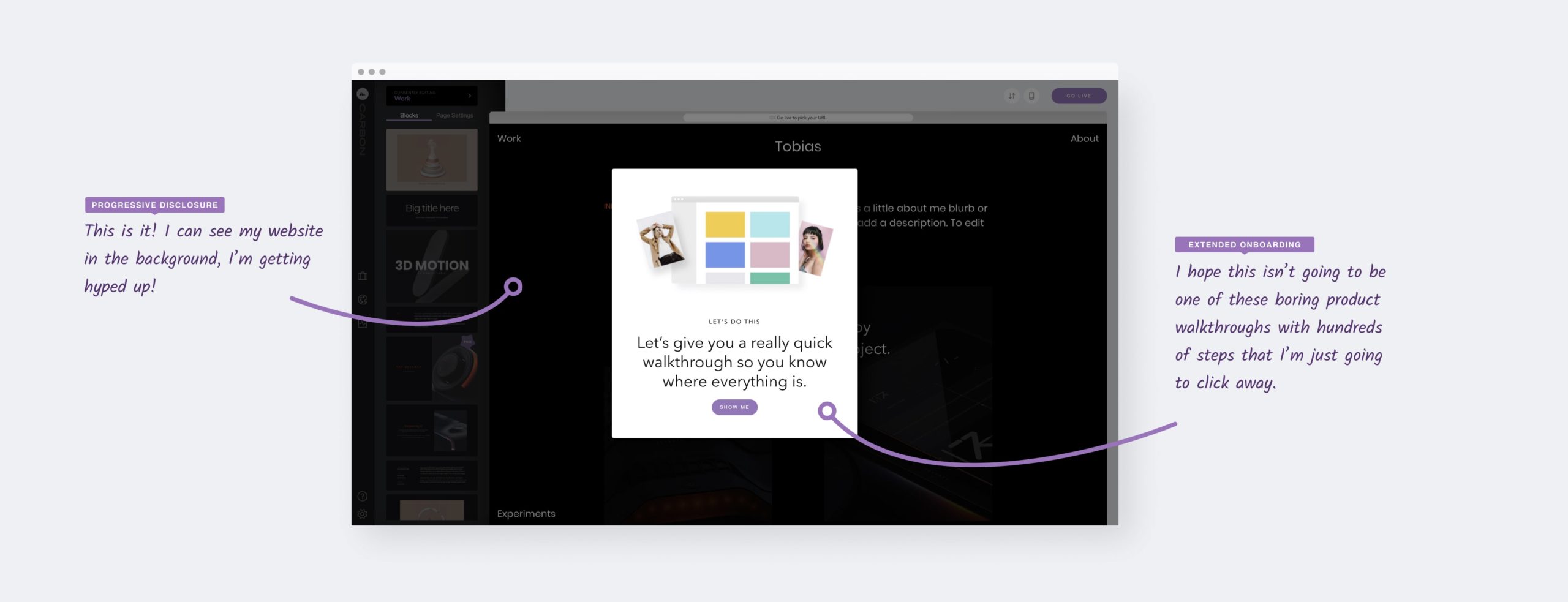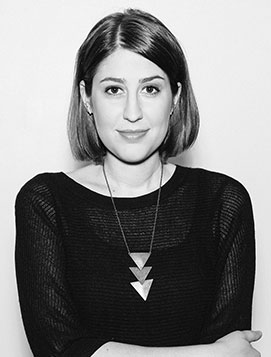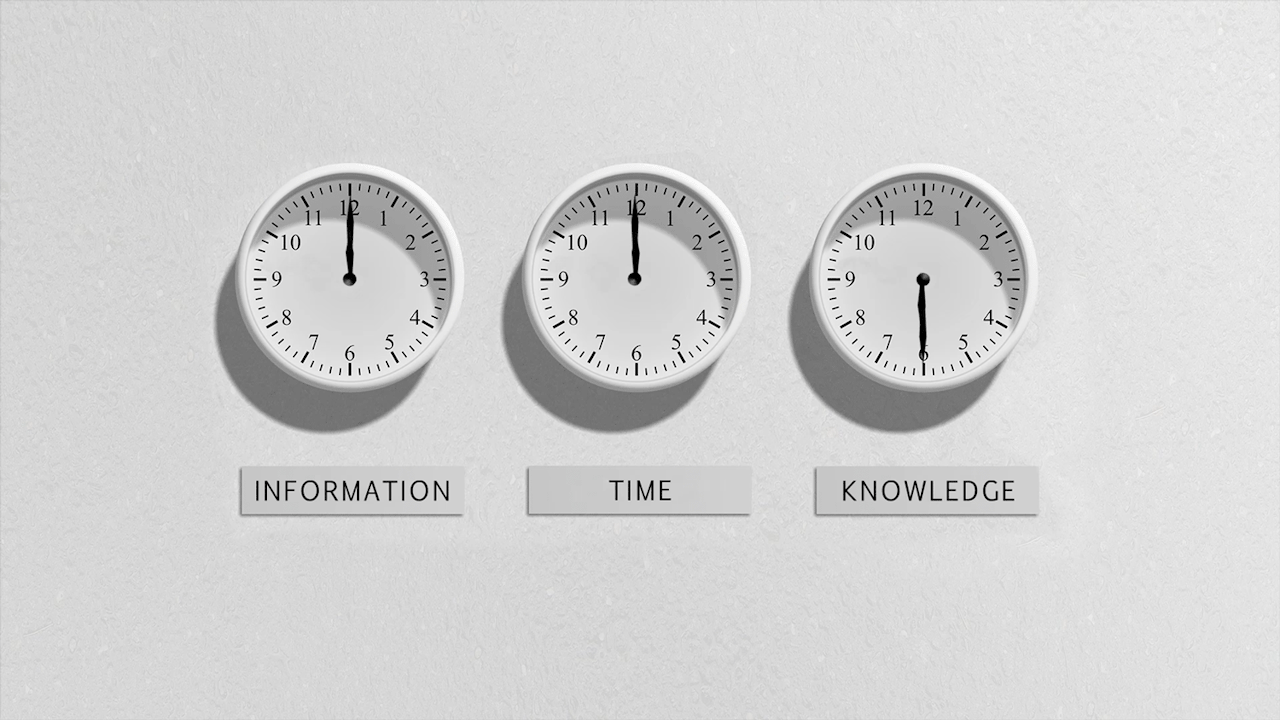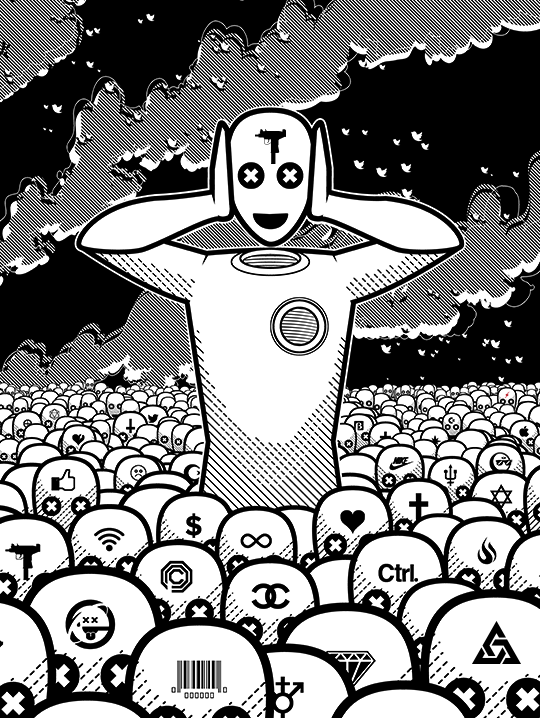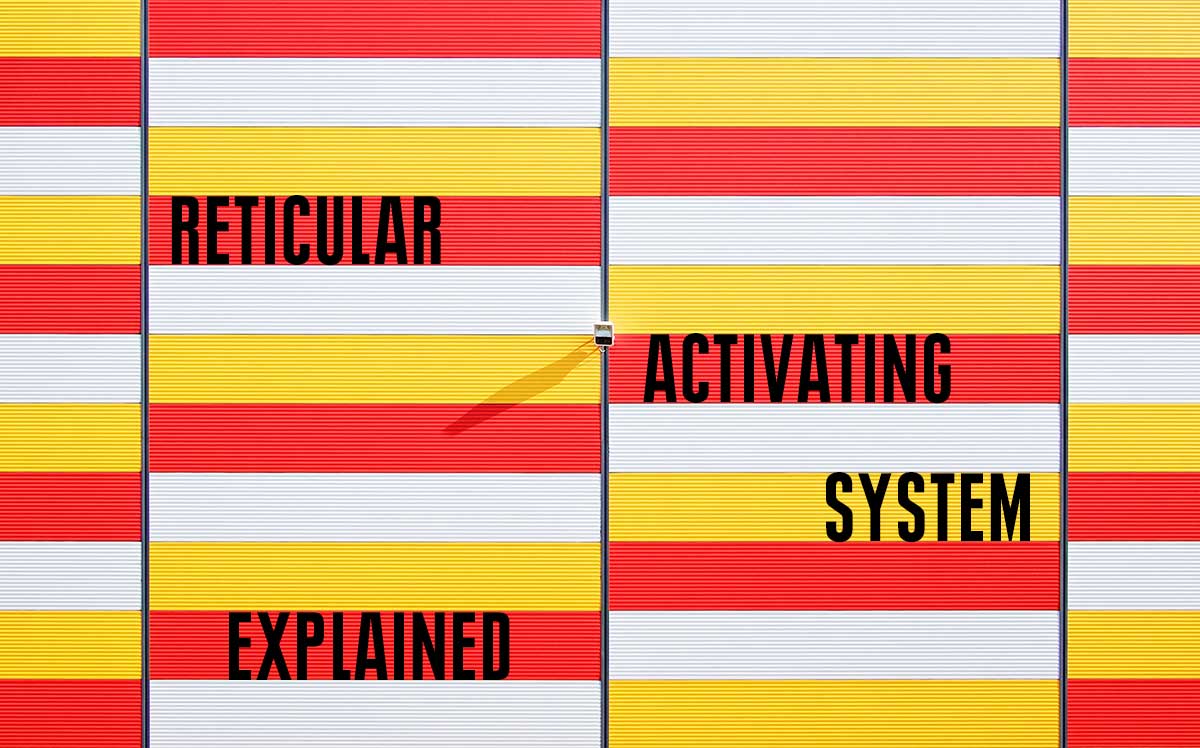I’ve meant to write about this for a while but just couldn’t put it into words. It’s a sensitive topic and it makes me feel vulnerable, but I wanted to write and publish it because I wish more people would do the same – especially in our industry.
I barely understood anxiety until recently. I have always considered myself a happy and healthy person. I'm sure I have experienced mild anxiety before, but never to the point that I gave it a name. After all, a certain degree of anxiety is part of the human experience.
But then something strange happened. It was a regular day early in the morning, and I was on the train making my way to work from Brooklyn to Manhattan. About halfway in, I started sweating. My vision became blurred, my head started spinning and I had the sudden urge to throw up. I got off the train immediately, three stops before my destination.
Now I was sitting there in the middle of the sidewalk. I had trouble breathing and my heart was beating fast. I didn’t understand what was happening to me. I couldn’t feel my legs and it was as if my mind was separated from my body. I had never experienced these sensations before, especially not at the same time. I’m not easy to freak out, but I was getting there.
My first thought was that I’m probably sick. Maybe something I ate? That must be it. I walked the last 10 blocks to the office that day. I felt better outside breathing fresh air, not locked in a subway train. I left work earlier that day. My stomach was giving me a hard time and having meetings in the office felt like torture. I just wanted to be by myself.
Over the next couple days, events kept repeating. I couldn't take the train anymore. I couldn't go to bars or restaurants. I always felt like I couldn't breathe and I was afraid I would throw up. Being around groups of people only made it worse. When going out for dinner (if I wasn’t able to avoid it) I tried to position myself close to the exit. Eating in front of other people was almost impossible anyway; I had zero appetite and preferred to eat alone at home. But I still assumed I was just sick. Maybe a stomach flu or something. It will be fine, I told myself. Let's wait another week.
After a few weeks, still nothing changed. I went to a few doctors who all confirmed I was fine, that there was nothing wrong with me from a physical perspective.
At that time, I still didn’t know what a panic attack was.
Then I went to Stockholm for a work trip. I love flying and being on planes, but this was the most horrible flight I ever had. My whole week in Stockholm turned out to be exhausting. The fact that it was winter and I never saw the sun once during that week made it even worse.
One day that week, I went back to my hotel room in Stockholm after work. I tried to have dinner at the hotel restaurant, but I couldn’t get down a single bite of my food. I was shaking and had trouble breathing again. I went to my room feeling spent. I had this overwhelming pressure and weight of sadness in my chest, for no particular reason.
That was the first time I started crying in my adult life. I can’t remember when I had last cried. It must have been at least 18 years ago. Not because I feel like I need to resist, but I never felt the urge to do so. I grew up in a society that encourages men to be strong and not cry, but I don't think that's the reason I never do. It's just not part of who I am. I just never had the inclination to do so. But in that moment, it just happened. All my energy faded away and I felt like I just gave up.
It was weird. I was experiencing a new me – someone I didn't like or fully understand. It just didn’t make sense to me. Was I having the infamous" quarter-life crisis" and no one told me that this is how it works?
I’m a designer. I like to analyze and solve problems so I figured, let's solve this one with me as the object. (Yes, this sounds easier than it was.)
I started writing down all the physical symptoms I was experiencing: chest pain, sweating, nausea and the feeling of being removed from my body in a weird way. I knew that everything happening in my body or brain is because of chemicals, and I knew the balance of those chemicals was important. If the balance is off, my body is off.
After some research, it began to make sense. I was experiencing panic attacks which transitioned into a constant feeling of anxiety throughout the day. Dealing with these shitty physical and mental symptoms occupied most of my waking time. My panic attacks were feeding themselves. I ended up getting panic attacks because I was afraid of getting a panic attack again. I was positive that if I entered a subway train, it would happen again. Usually it didn't, but it was enough to keep me anxious and away from the subway.
I still couldn’t believe it. Why the fuck me? I’m smiling all day, I’m always positive, I love my life and I’m a fucking happy person. It’s almost like I didn’t agree with my own diagnosis. I was angry at myself because I hated wasting time on this. I got shit to do! But I took it seriously. I started to learn more about panic attacks and each individual symptom. I broke it down into pieces. I was on a scientific mission to fix this problem.
I learned that when a panic attack happens, your body is preparing you for some sort of fight or flight situation. In pseudo-scientific terms, this is is what's happening:
At the core of your brain, right in the middle, you have your amygdala. The amygdala is also called "reptile brain" because it's the part of your brain responsible for your deepest and most basic intuitions. Pretty much every animal has it, and we still have it too. It's a little bit of an outdated part of your brain, but humans haven't evolved past it just yet. The amygdala tells you when you're in danger and prepares your body to be ready to face the situation.
When the amygdala notices that you're in danger it sends signals to your body to shift resources from the less important parts to the more important parts. So if you're facing a dangerous situation, the amygdala speeds up your heart rate to pump more blood through your body. Your muscles tense up so you can get prepared, and functions like your digestive system will be de-prioritized. Because obviously, you have greater worries than digestion when you're in an emergency.
Now, all of these things your amygdala does to keep you alive when being chased by a lion, or involved in a physical fight, they're important. But how can that be helpful when sitting on your couch at home alone?
Because you’re in a state of fear, your breathing becomes all fucked up. Instead of breathing deeply through the stomach, you do short breaths through your chest. This limits your oxygen intake and makes you feel you might faint. And all other symptoms are just a chain reaction that comes after.
Breaking it down like this helped me the most. I understood the practical reasons of why my body was acting all weird. The next time I got a panic attack for no apparent fucking reason while sitting on the couch, I focused on all the symptoms. I focused on my heartbeat, my sudden change of breath and chest pain. It all went according to plan.
I looked at it as if my body was another person I was trying to analyze. I suddenly started laughing, as if this doesn’t belong to me. I couldn’t help it. It was just so ridiculous and for some reason, I found it funny. This was the start of my self-therapy. Every time a panic attack was coming up, I started laughing at myself. I made fun of it. I wasn't trying to minimize any underlying issues that might be causing it, but simply felt amused by the overreaction of my amygdala.
Something magical happened. Panic attacks occurred much less frequently and when they did, I felt like I could cut them off at the quick. Making fun of my panic attacks took all the pressure and effectiveness out of them.
Whenever a panic attack happened, I was telling myself. BRING IT ON PANIC ATTACK! YES, PUMP THE BLOOD IN MY VEINS, YOU FUCKING IDIOT! GO AHEAD!
Slowly over time, my panic attacks subsided. Not the way they did before at least. There was no one around who took them seriously enough. Sorry amygdala, my little almond-shaped reptile brain.
But still, I knew I had something bigger to deal with. Constant anxiety was still a big part of my day. I also knew that I need to stop overthinking and searching for a reason. Because sometimes there is no particular reason other than the sum of many you can’t recall. That's what years of therapy can often uncover.
It’s like this with drinking water. If you are not thirsty, there is no reason to drink water in that moment, right? But after one or two days you will experience a heavy headache. Still you might say, I was never thirsty, so why do I have a headache now? Shouldn’t I have been thirsty first? The effect of not enough water is something you only experience later on. Drinking water is basically preventive care. We might not be thirsty in the moment but we know that if we don’t drink it, our body will hunt us later.
With my anxiety and panic attacks, I figured it was similar. I wasn’t drinking enough “water” and now I have to deal with it. But again, it would be too simple to nail down a single problem such as “you work too much." Rarely there is just a single reason. I didn’t know what it was, but I knew it was something. I was on a mission of change. My goal was to change many aspects of my life, which ultimately ended up solving my problem – or at least understanding it. I also knew that I didn’t want to take popular medication for treating anxiety. I knew for myself, this wouldn’t fix my problems but only delay them.
Here are some key points that helped me the most:
1. Breaking down a panic attack to its essentials takes away all its power. We’re scared of what we don’t understand. But the moment we understand how they physically work, it makes them less scary.
2. Anxiety gives you the feeling that you are not in control over your body or actions. Regaining control is the most important aspect to alleviate it. Knowledge gives us humans the feeling of control. Reading up on research around anxiety helped me to see myself more as a scientific subject.
We can also trick ourselves and pick other areas of our life to simulate the feeling of control. If you can’t control your anxiety, you can certainly control your diet, your physical activity or other daily activities. All these little steps will help to fight anxiety and it will slowly fade away.
3. Talking to other people about it. A reported 20% or more of all Americans currently suffer from anxiety or panic attacks, and even more have experienced it at least once in their life. That basically just means a lot of people know about it, but few talk about it.
In my case, I knew nothing about it, and I didn’t even know that what I was experiencing was fairly universal. I was thankful that I could talk to a couple friends, and to my surprise most of them have had similar experiences.
In the end…
That particular winter felt one of the worst times in my life. In retrospect, it was also one of the best. I don’t want to repeat it, but I got to know myself better again. That time helped me to grow, reflect and think about what happened the last 3–6 years.
In the end I stopped trying to search for one problem, because that is not how it works. I took some time and cleaned up my life. Quit my job, changed my diet, reflected internally and changed my habits.
I feel great again, and I know I'm emotionally and mentally stronger for having this experience. It challenged me in a way I haven’t been challenged before.
PS: It took me quite some time to hit the publish button on this article, but I think it’s the right thing to do. If you enjoyed this article please let me know on Twitter @vanschneider
Keep on fighting the good fight.
/Tobias



